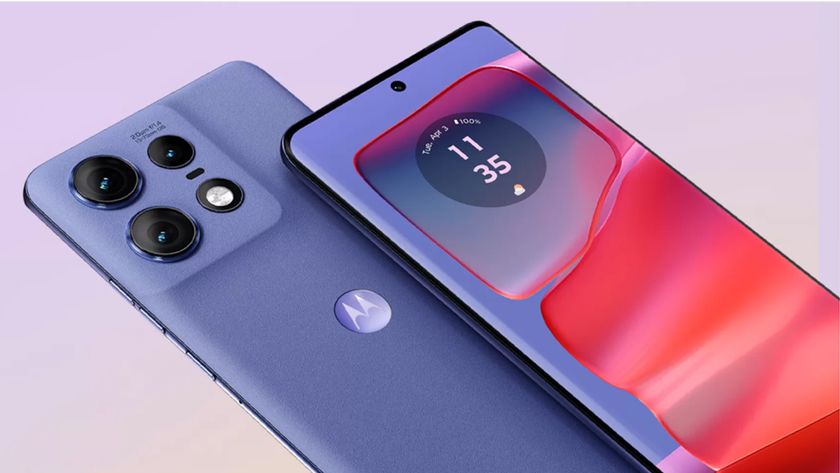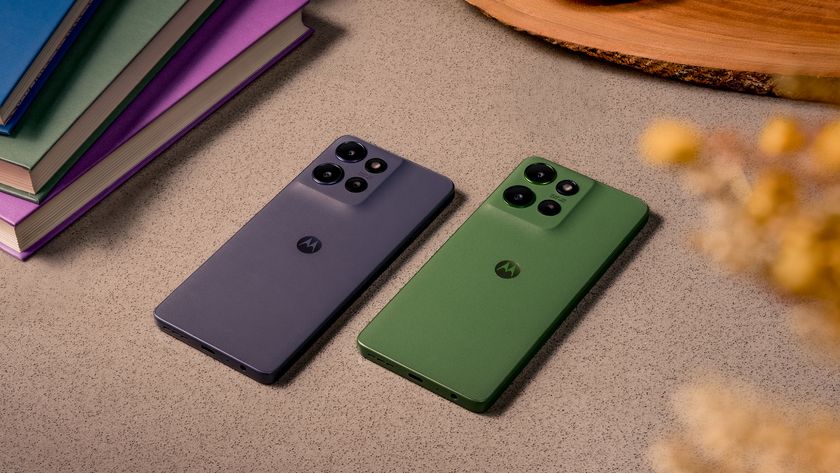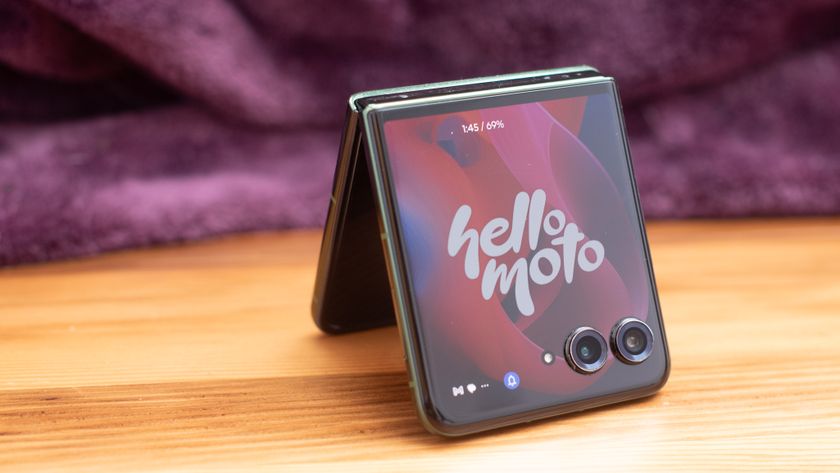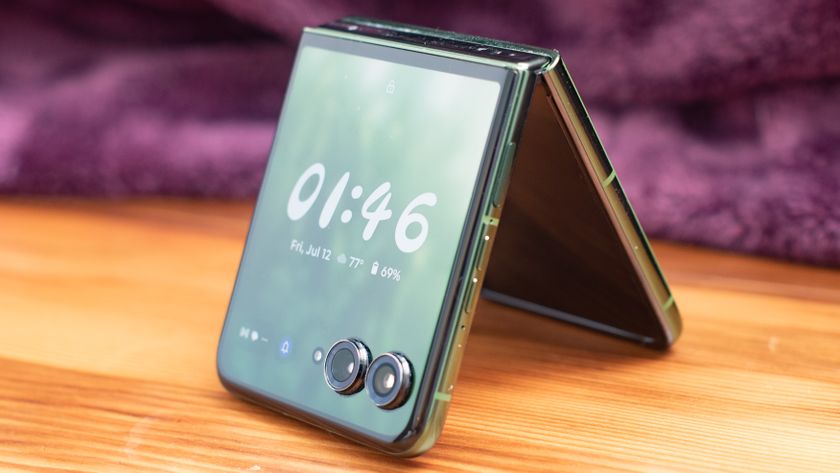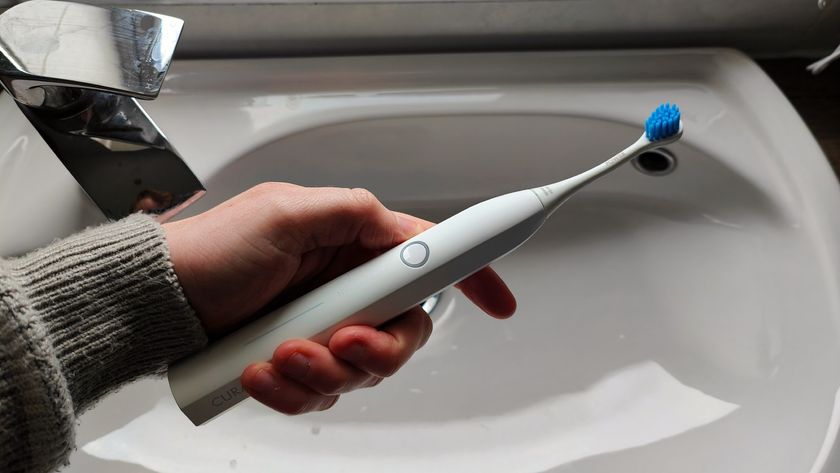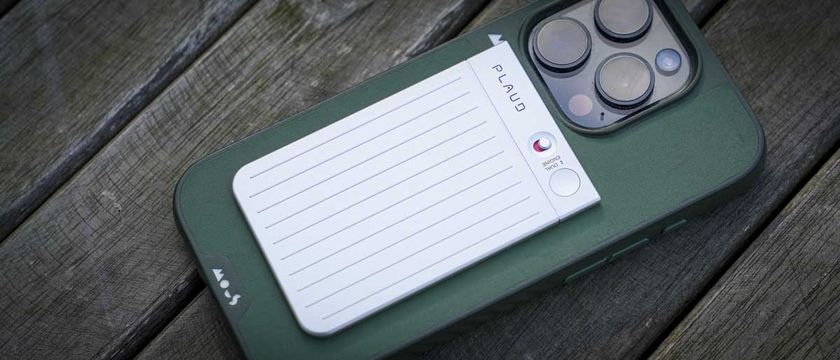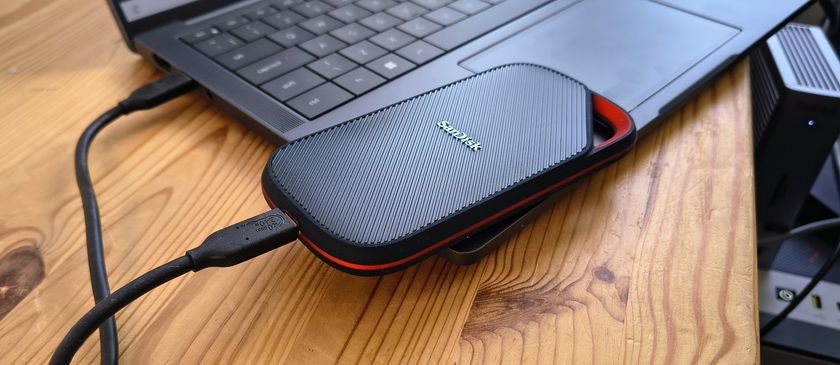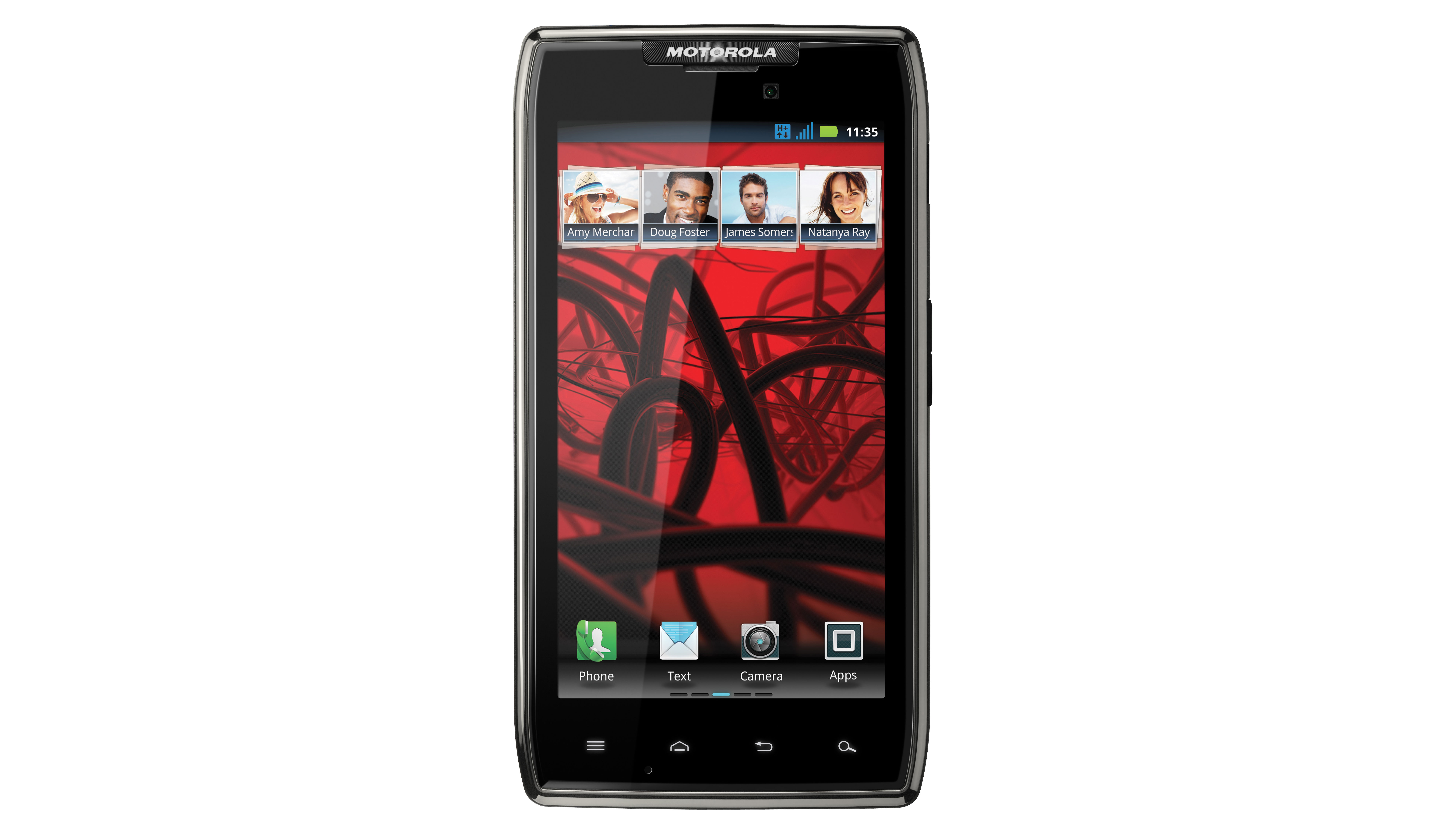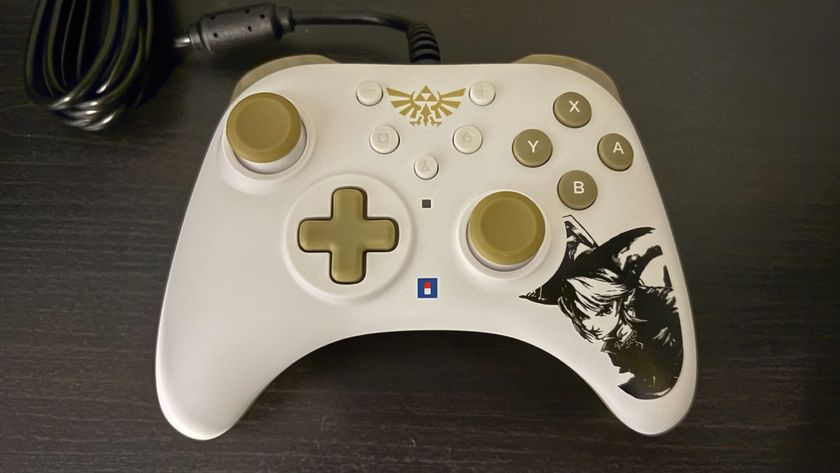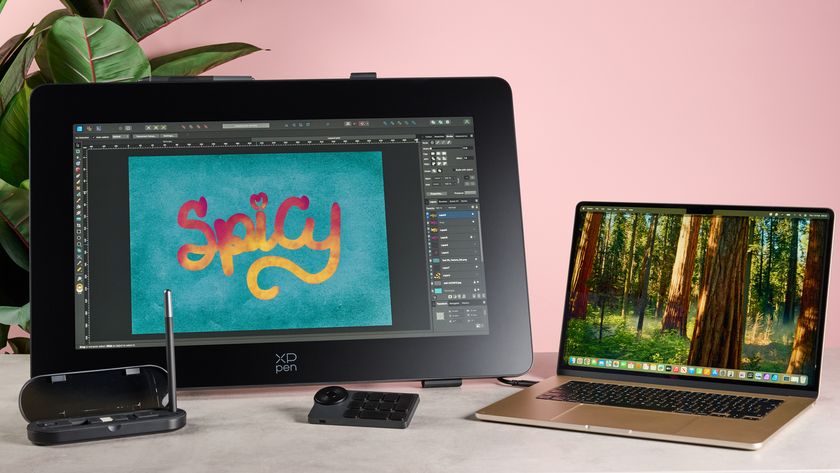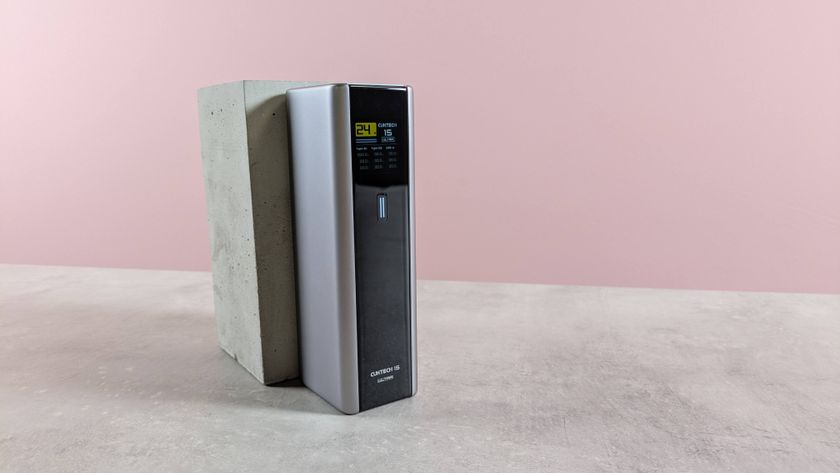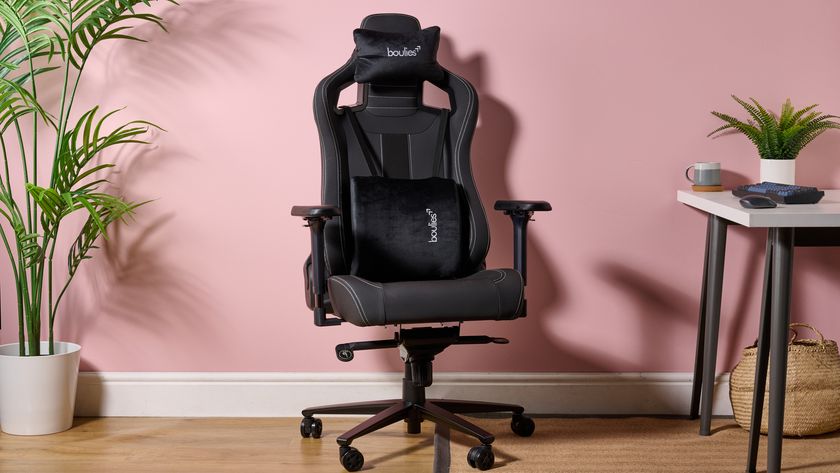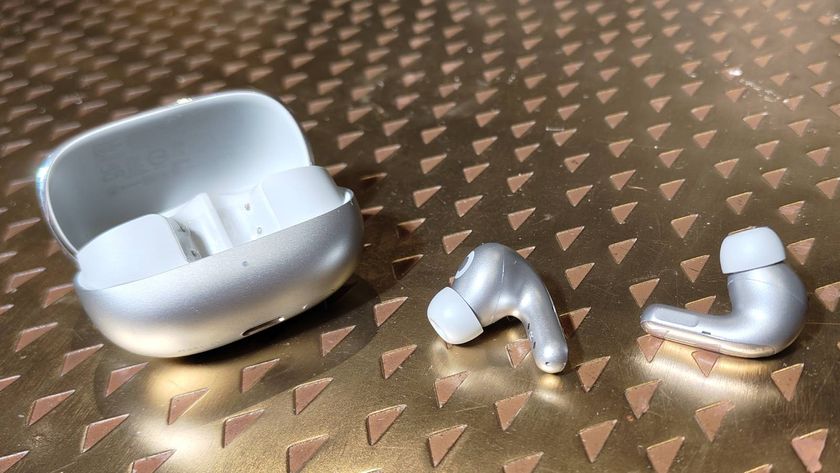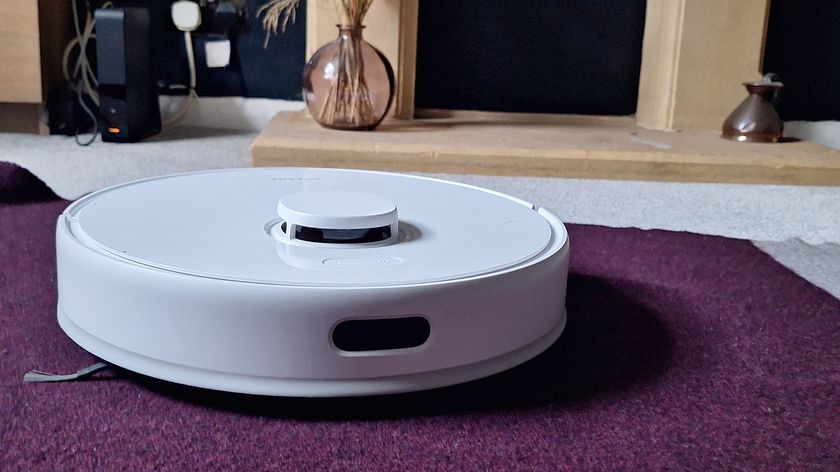TechRadar Verdict
Everything about the Razr, aside from the profile and pricetag, have gotten better with the New Motorola Droid Razr Maxx.
Pros
- +
Insane battery
- +
Hi-res AMOLED
- +
Nice overlay
- +
Fast processor
- +
Impressive media player
Cons
- -
Fatter design
- -
Higher price tag
- -
large bezel
- -
Non-removable battery
Why you can trust TechRadar
The Motorola Razr Maxx has been out in the US for a while, known as the Droid Razr Maxx, but the rest of the world is now treated to the smartphone.
You get everything the Motorola Razr offers, except the super-thin chassis, as the Razr Maxx has gained love handles to accommodate a huge 3,300 mAh battery.
The Motorola Razr Maxx is available in the UK for around £430 SIM-free and is available free on contracts starting at around £25-£30 per month.

In the US you can nab a Motorola Droid Razr Maxx 4G today for $650 SIM-free, or around $200 on a two year contract.
Motorola claims that the 3,300mAh battery will provide 17.6 hours of talk time, which blows its rivals, such as the Samsung Galaxy S3 (11.6 hours) and iPhone 4S (8 hours), out of the water.

However, you can't stuff a battery, which is almost twice the size of the 1,780mAh one found in the original Motorola Razr, into the same, slender 7.1mm handset.
See how good the beefed up battery is in our power test video:
This has seen the Motorola Razr Maxx expand to 9mm in depth and add a little more weight. The original Razr weighs 127 grams, so at 145 grams, the Motorola Razr Maxx is slightly bulked up, but hardly fat.
For perspective that's only 10 grams more than the Galaxy Nexus, and 35 grams less than the recently released Droid 4 in the US.
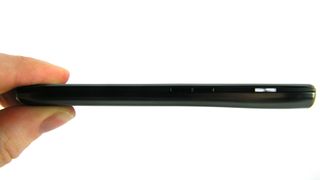
In fact the flatter back and more even weight distribution actually makes it easier to hold than its predecessor, which we found to be slightly top-heavy.
The rest of the internal specs are identical to the Razr, so you get a 1.2GHz dual-core processor, 1GB RAM, 16GB RAM, 8MP rear camera with LED flash and 1080p video recording, front facing 1.3MP camera and Android 2.3 Gingerbread operating system. However, an update to Android 4.0 Ice Cream Sandwich is on the way and rolling out now across Europe.

We appreciate the new balance, but we wish Motorola had taken time to redesign the Razr without such a huge bezel, which adds unnecessary width and length when held in the hand.
We mentioned in our Razr review that the deep bezel made the phone's 4.3-inch Super AMOLED display appear smaller than it really was, and the Motorola Razr Maxx does nothing to rectify this.

There's still the fiddly micro SIM and microSD card slots hidden behind a panel on the left-hand side of the smartphone, and while not impossible to manipulate, we would have liked this to be easier to use.
On top you'll find a 3.5mm headphone jack, along with mini USB and micro HDMI slots, enabling you to hook the Motorola Razr Maxx up to a number of peripherals.
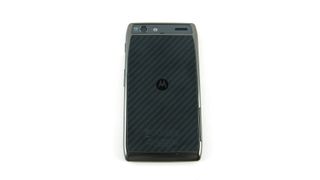
The only physical buttons on the Motorola Razr Maxx are located on the right-hand side. There's a lock key towards the top of the handset, which we found was easy to hit, but the volume rocker key located towards the centre of the handset is slightly more tricky to find.
As with the Razr, you can't remove the battery from the Motorola Razr Maxx, which may put some people off who like to have that option, just in case they need to do a hard reset or wish to buy an additional battery for backup.
However, we can't really complain about the Motorola Razr Maxx's Kevlar-clad body. It feels almost as good as its super-thin Maxx-less cousin, and that's saying something.

TechRadar's former Global Managing Editor, John has been a technology journalist for more than a decade, and over the years has built up a vast knowledge of the tech industry. He’s interviewed CEOs from some of the world’s biggest tech firms, visited their HQs, and appeared on live TV and radio, including Sky News, BBC News, BBC World News, Al Jazeera, LBC, and BBC Radio 4.
